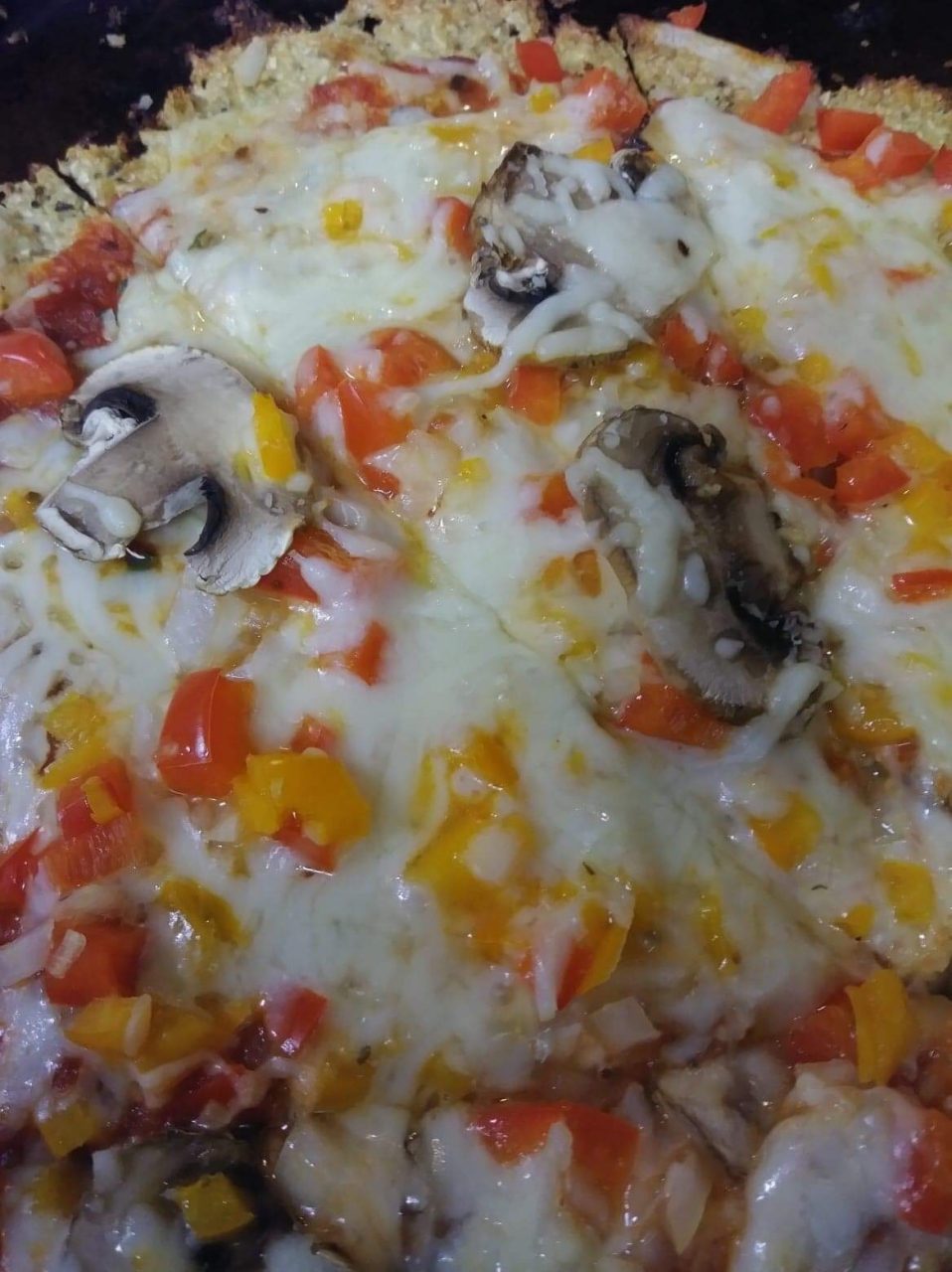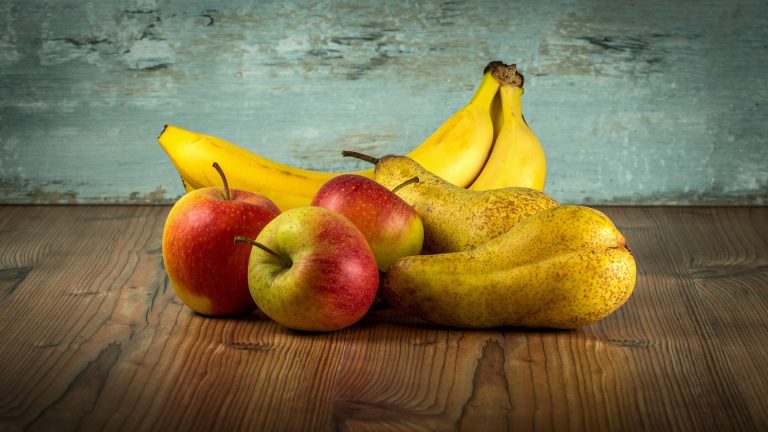
Having enough fiber in our daily diets is crucial to a healthy digestive system. Without it, people can suffer from a wide span of health issues including but not limited to constipation, weight gain, and may increase one’s risk of heart disease or cancer. While there isn’t definitive proof of the disease-fighting properties of fiber-rich diets, why take that risk? So, what are the best foods to eat for fiber? Let’s find out!
Lentils
Lentils are edible legumes, most of which are grown in Turkey, Canada, or India. They are great sources of potassium, fiber, protein, iron, and magnesium. There are a variety of types of lentils including green, brown, black, and red. They need to be rinsed before they can begin the cooking process. Look for any unusable lentils and remove them. For every cup of lentils that you are cooking, you will need four cups of water in the pot. The water should be brought to a boil and then reduce to simmer. Cover and let the pot of lentils simmer for 20-30 minutes. Drain them in a colander and add them to your favorite recipe!
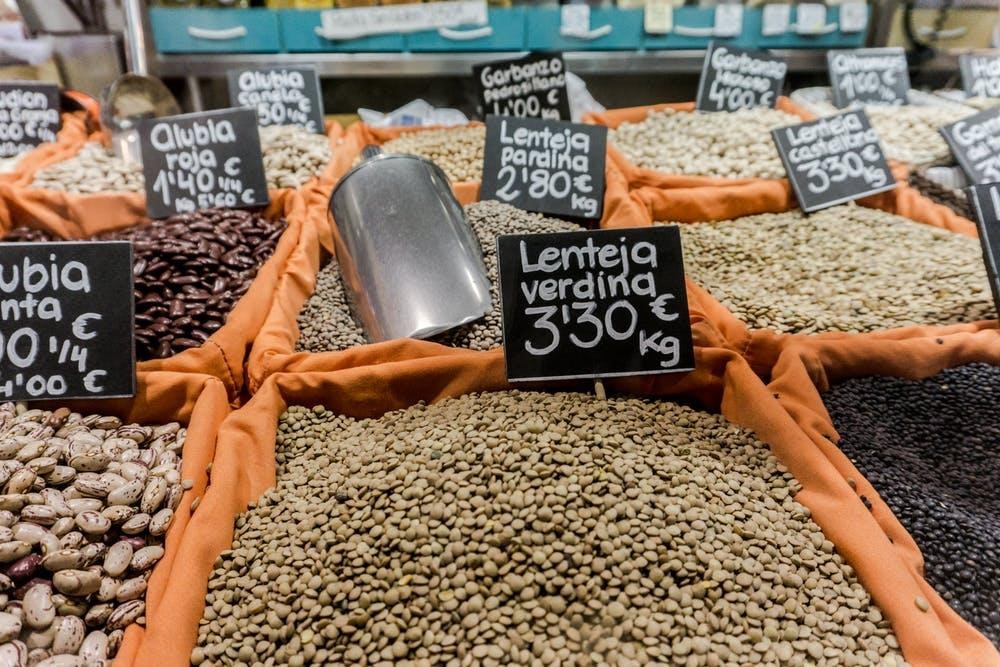
Pears
The pear is both a tree and a shrub. Both produce the popular fruit that we know as pears. There are a variety of pears including Asian, European, and Chinese white pears. Pears are great sources of protein, carbohydrates, fiber, vitamin C, vitamin K, potassium, and copper.
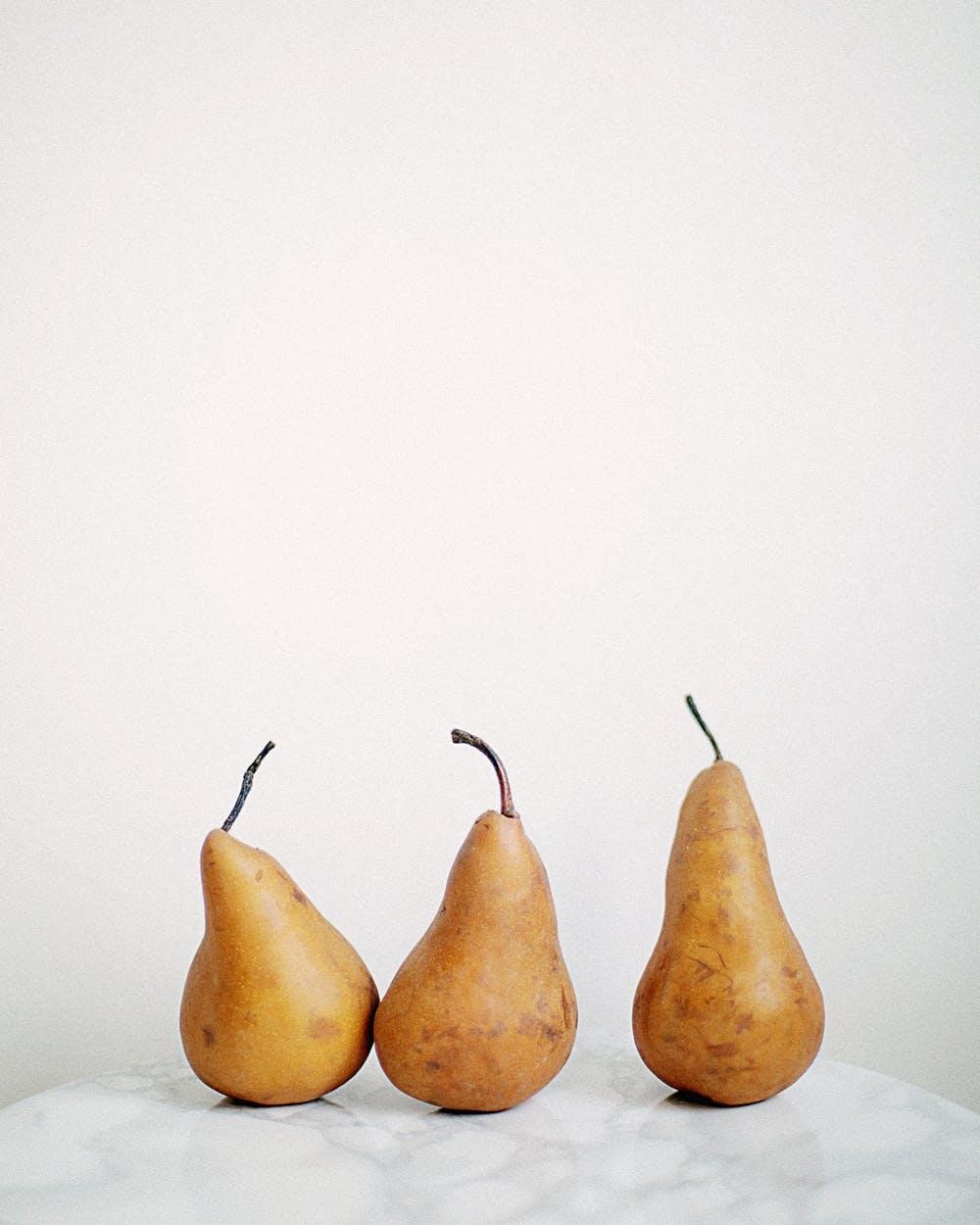
Bananas
This is one of my son’s favorite fruits. It is technically considered a berry of sorts and they are related to plantains which are popular for cooking. Bananas are full of potassium, carbohydrates, fiber, proteins, vitamin A, vitamin C, iron, vitamin B6, and magnesium. In fact, even eating one banana can provide almost 10 percent of one’s daily fiber needs.
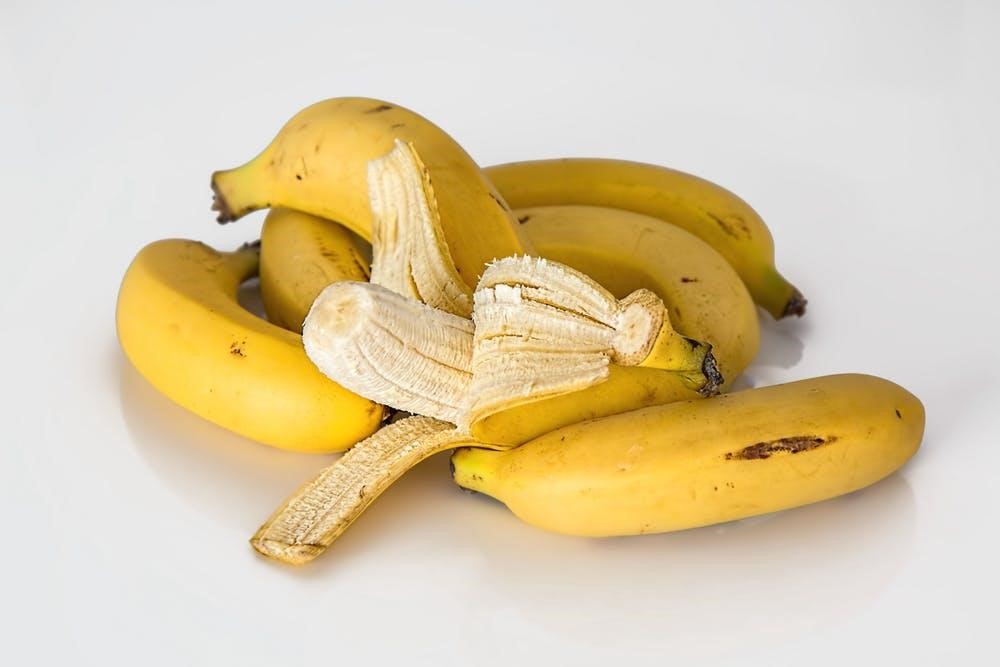
Almonds
Almonds are brown tear-drop shaped nuts that are native to the middle east. Today, they are cultivated around the world. They can be eaten raw or roasted and they are even available as a milk of sorts. Researchers believe that by consuming almonds you may lower your cholesterol, reduce your risk of breast cancer and reduce your risk of heart disease among other benefits. These nuts are chock-full of fiber, protein, fat (the good kind), vitamin E, manganese, magnesium, copper, vitamin B2, and phosphorus.
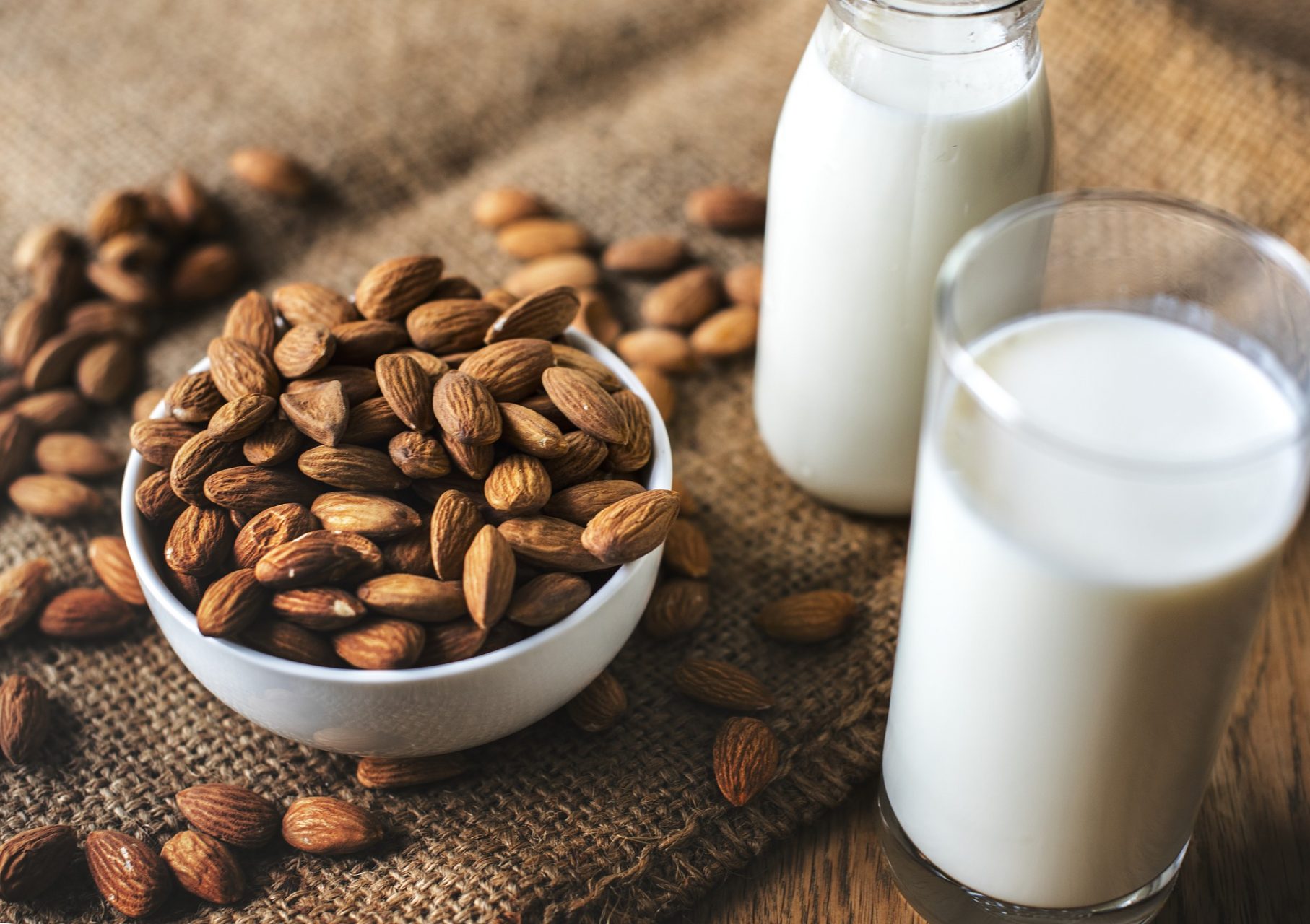
Popcorn
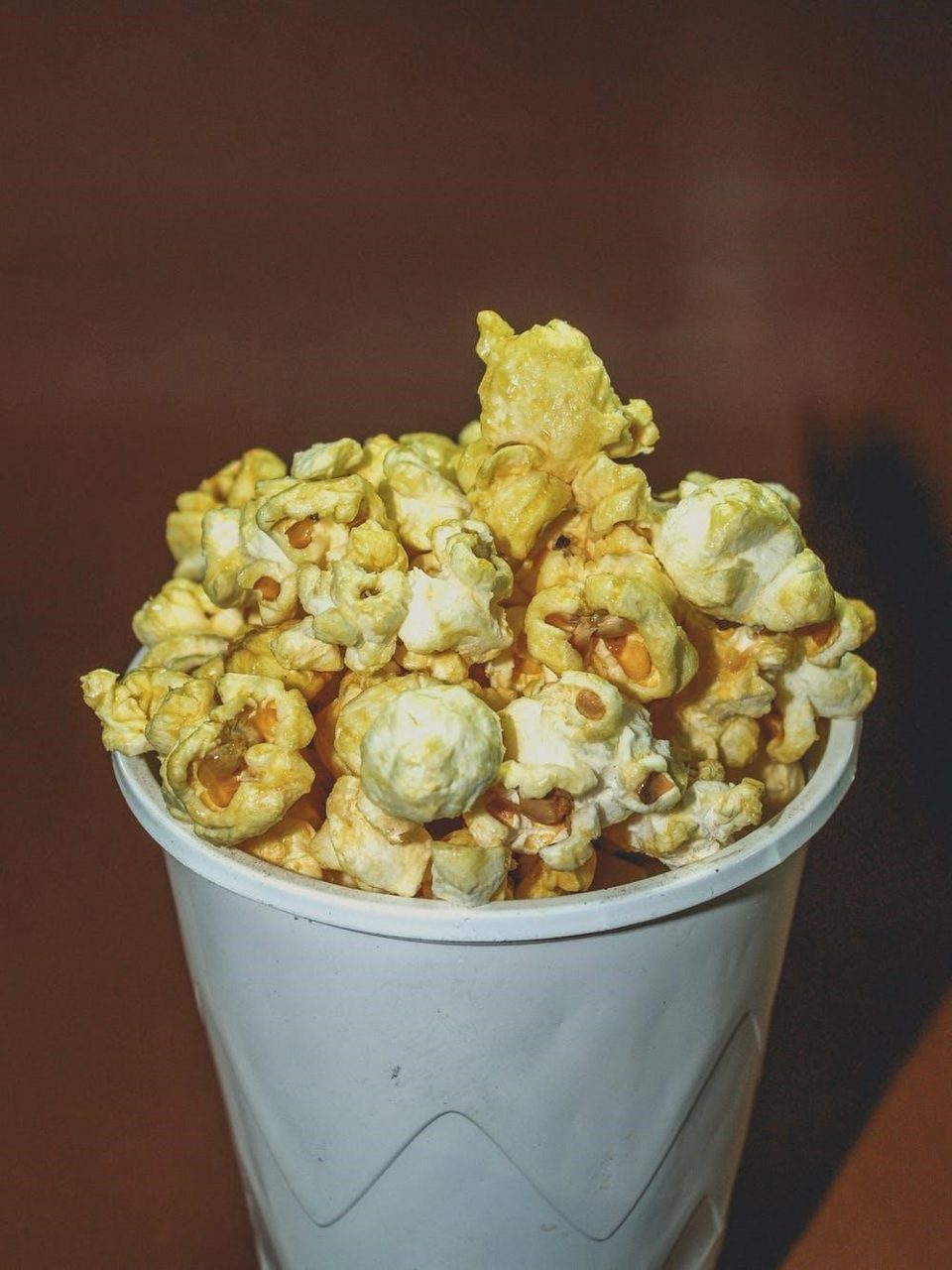
Ah, popcorn! This is probably my favorite source of fiber on this list. In case you’re unfamiliar with popcorn, it is a kernel of corn that is heated which causes it to expand and “pop” exposing the puffy insides of the kernel. Popcorn that is slathered in oil and butter will have added calories and therefore are more fattening. However, popcorn itself contains potassium, carbohydrates, fiber, protein, iron, vitamin B 6, and magnesium.
Cauliflower
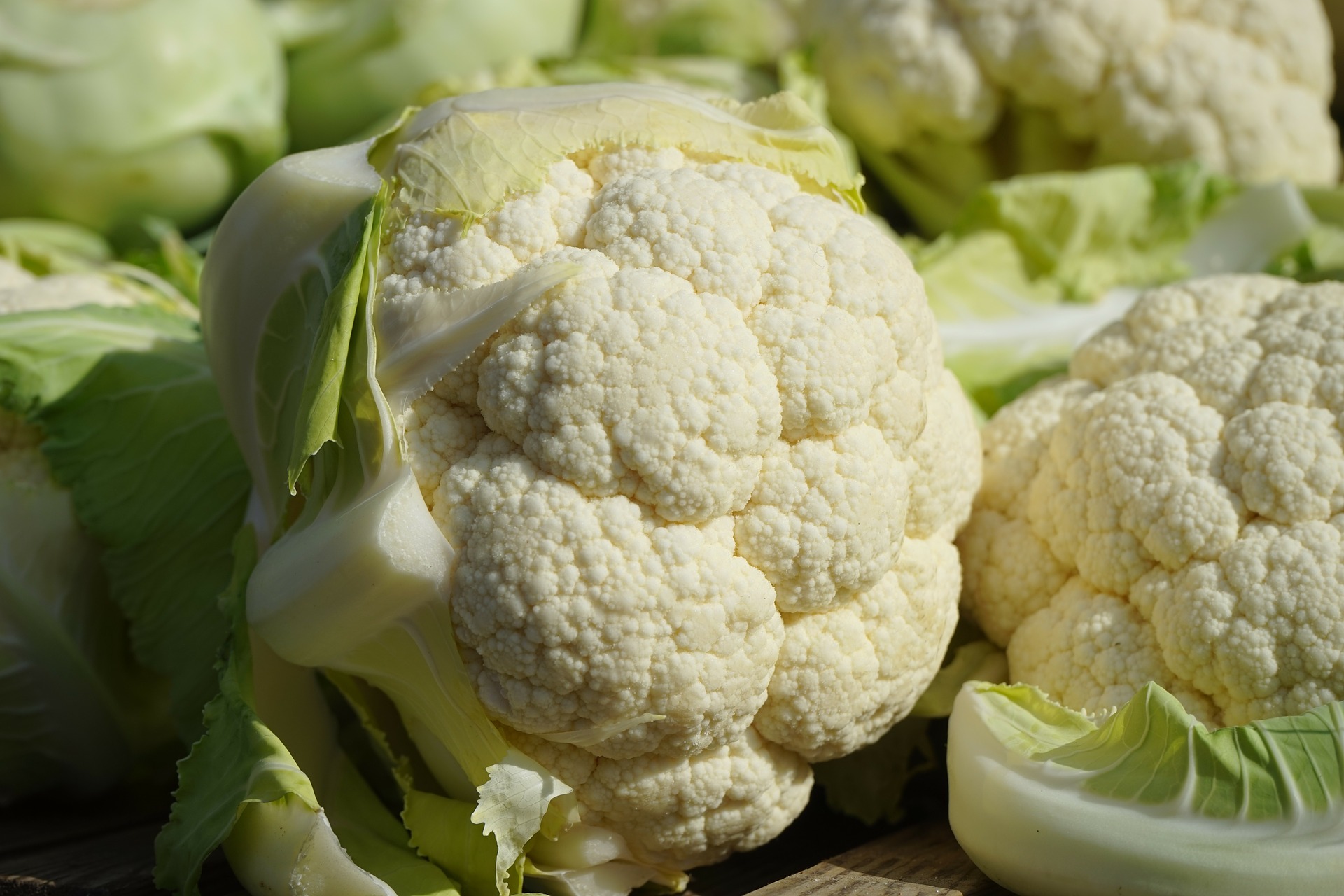
This is typically a white vegetable that is similar to broccoli in appearance, although some cauliflower heads are orange, purple, or green in color. Cauliflower is full of good fats, sodium, carbohydrates, protein, calcium, iron, magnesium, and a load of Vitamin C, Vitamin B 6, potassium and fiber. This vegetable can be roasted, boiled, steamed, baked, deep-fried and even pulsed into “rice” to make pizza crust. To make cauliflower pizza crust you need to pulse the cauliflower florets in a food processor until it is rice-like in texture. Then you will need to dump it into a microwave-safe bowl and microwave it for about 4 minutes. Empty the contents of the bowl onto a clean dish towel and wrap the rice to allow the moisture to be absorbed. After the moisture is mostly absorbed, put it back in the bowl, and mix in an egg, herbs, cheese, and garlic salt. Dump the “dough” ball onto a greased baking sheet and flatten into a pizza crust. Bake at 450 degrees Fahrenheit for 15 minutes, flip it over and bake another 5-10 minutes or until done. Add your desired sauce and toppings, bake to melt your cheese and heat through and serve!
Fiber is so important to your health, make sure you are getting enough every day by eating the foods listed above and many others. If you are unsure, talk to your doctor and develop a plan together!
